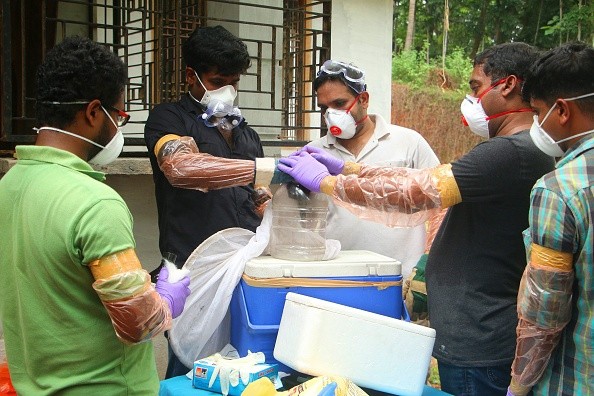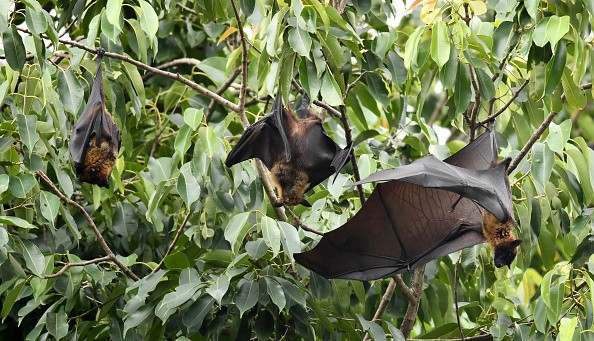Officials in India are making efforts to prevent the potentially life-threatening virus from spreading. This deadly virus has a "pandemic potential," prompting outbreak concerns.
It is called the Nipah Virus and so far has not led to a pandemic since it was initially found in 1999. But, as it is been said in minor leagues and local theater productions rising star, it has some potential.

Nipah Virus
Early on Sunday, a boy who is 12 years of age in Kerala, a southern state in India, unfortunately lost his life to a Nipah virus infection after spending about one week in a hospital.
At first, the boy was admitted for a high fever but his condition gradually got worse as he started showing signs of encephalitis like inflammation and swelling of the brain.
When testing of blood samples that were taken to the National Institute of Virology showed the existence of the Nipah virus, officials became aware they had to make fast moves so they could prevent the spread of the virus any further.
Contact tracing efforts are ongoing and all close contacts have been quarantined. The 12-year-old had made contact with about 188 people and 20 of them were considered high-risk close contacts.
Also Read: Top 8 Deadly Global Outbreaks That Came From Animal
How can Nipah Virus be Transmitted?
Officials are working as fast as they can since they don't want to see themselves submerged in this Nipah Virus. The virus belongs to the Paramyxoviridae family genus Henipavirus and is already known to be a life-threatening virus.
Nipah Virus has taken the lives of 40% to 70% of infected victims in former outbreaks over the past two decades or thereabout.
This virus has been on the World Health Organization (WHO) rogues list of contagious diseases that cause the greatest possible threats to the world, as it was covered for Forbes in 2018.
Nipah is a zoonotic virus or one that is from non-human animals to humans just like the coronavirus. Generally, transmission happens when humans either have direct contact with the animals or through the intake of food that has already been contaminated.
But a great number of transmission cases that involve human transmitting the virus to another human have also been reported.

Symptoms of Nipah Virus
Fruit bats belonging to family Pteropodidae which is commonly referred to as the "flying fox" are the natural Nipah carriers. They usually transmit the virus to animals like dogs, pigs, cats, horses, goats, and sheep.
Typically, an infected human exhibit symptoms like fever and headache between three days and two weeks and then a cough, respiratory issues, sore throat follows.
The condition later rapidly worsens to swelling in the brain cells causing confusion, drowsiness, and could possibly lead to coma and death. For now, Nipah has no cure or vaccine, and patients are just given medical care that will be supportive.
Related Article: India Beats Nipah Virus, Creates A Music Video To Celebrate
For more news, updates about Nipah Virus and similar topics don't forget to follow Nature World News!
© 2025 NatureWorldNews.com All rights reserved. Do not reproduce without permission.





